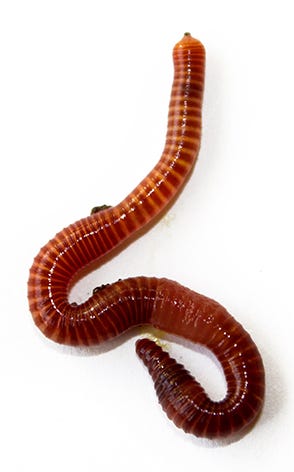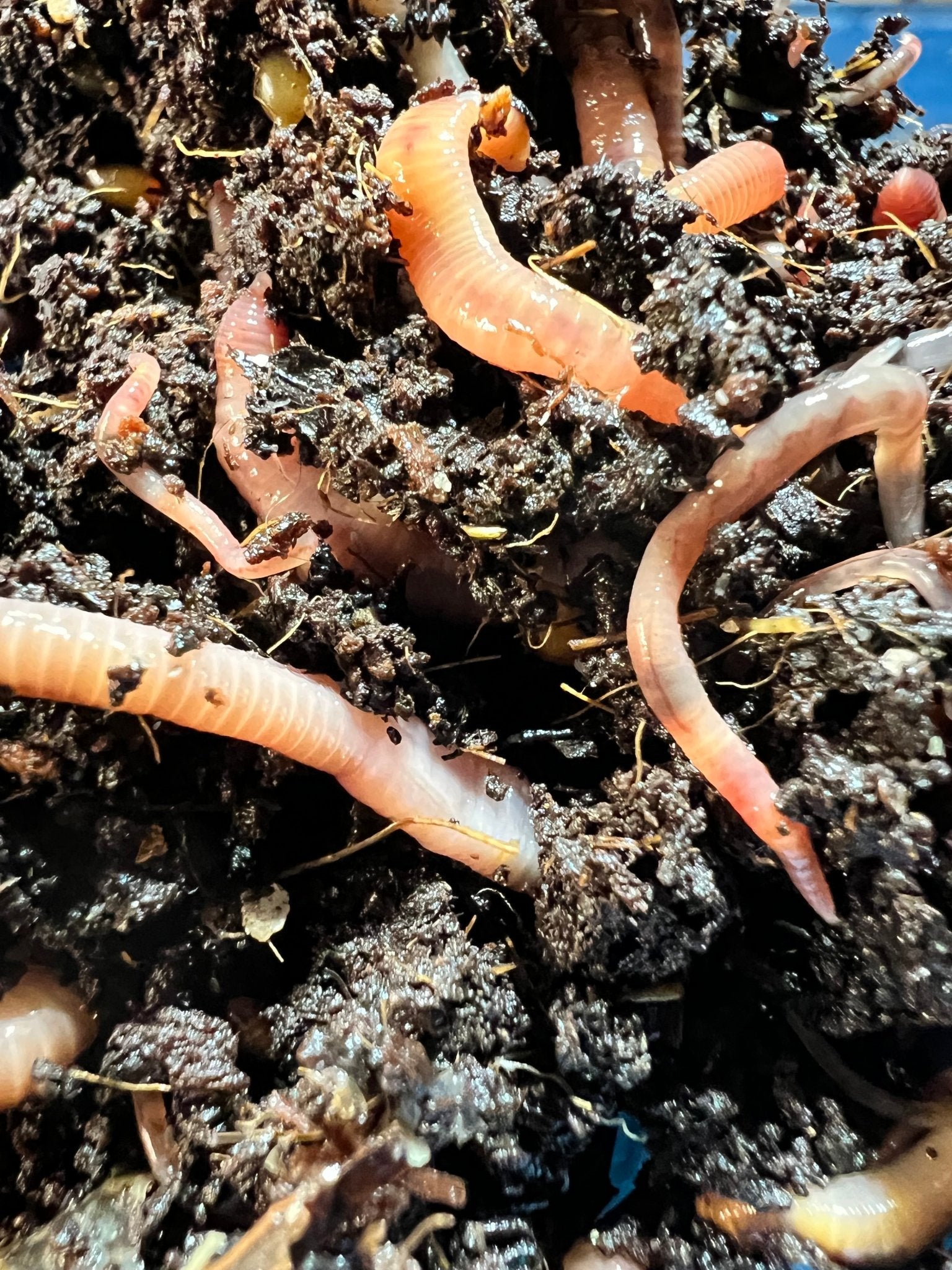Red Wiggler Worms - Perfect for Vermicomposting and Soil Enrichment
Maximizing the Benefits of Red Wiggler Worms: A Comprehensive Guidebook for Home Gardeners and Urban Farmers
In the realm of lasting horticulture practices, red wiggler worms stand as unrecognized heroes, silently transforming organic waste right into nutrient-rich spreadings that can function marvels for dirt wellness. As home gardeners and urban farmers significantly look for eco friendly and affordable ways to boost their yards, the potential benefits of taking advantage of the power of red wigglers can not be overstated. From minimizing kitchen waste to cultivating much healthier plants, the application of these humble creatures provides a plethora of advantages. By discovering the complexities of how to successfully look after and make the most of the benefits of red wiggler worms, individuals can unlock a riches of chances for boosting the sustainability and performance of their horticulture undertakings.
Comprehending Red Wiggler Worms
Red Wiggler worms, renowned for their effective composting capabilities, are a varieties of earthworms commonly made use of in vermiculture practices. These worms, scientifically called Eisenia fetida, grow in decaying organic material, making them suitable candidates for composting (Red Wiggler Worms). Red Wigglers are starved eaters, with the ability of eating their very own weight in organic waste daily. Their digestive system procedure breaks down raw material right into nutrient-rich spreadings, which are a beneficial source for enriching dirt and promoting plant growth.
One key characteristic of Red Wiggler worms is their reproductive rate. These hermaphroditic creatures have both male and women reproductive body organs, permitting them to reproduce rapidly under favorable problems. A fully grown Red Wiggler can create several spawn in a short period, guaranteeing a steady populace within a composting system.

Setting Up a Worm Bin
When developing a worm bin for vermiculture functions, correct preparation and interest to information are important for producing a helpful environment for Red Wiggler worms. Begin by picking an appropriate container for your worm container. This can be a plastic or wood container with a lid to maintain wetness levels and shield the worms from light. Guarantee that the bin has drain openings near the bottom to stop waterlogging.

Place the worm container in a great, dark place far from straight sunlight and severe temperatures. Consistently check the dampness levels, including water if the bedding really feels dry or half-cracked. Feed the worms a well balanced diet of vegetables and fruit scraps, avoiding citrus fruits, onions, and spicy foods. By following these actions, you can set up a thriving worm container that will effectively refine organic waste right into nutrient-rich vermicompost for your yard.
Feeding and Keeping Worms
Ensuring a healthy and well balanced diet is vital for the health and efficiency of Red Wiggler worms in a vermiculture system. Red Wigglers are ravenous eaters, efficient in eating their very own body weight in organic matter daily. To keep a flourishing worm populace, it is necessary to supply them with a selection of food scraps such as vegetables and fruit peels, coffee grounds, tea bags, and smashed eggshells. However, it is very important to avoid feeding them citrus fruits, onions, garlic, dairy items, meat, and oily foods as these can be harmful to the worms or trigger undesirable smells in the container.
Proper moisture degrees are likewise essential for the health of Red Wiggler worms. By vigilantly checking their diet plan, moisture, and ecological conditions, home gardeners and metropolitan farmers can sustain a healthy and balanced imp source and effective Red Wiggler worm populace for composting purposes.
Collecting Worm Castings
To effectively extract nutrient-rich worm spreadings from the vermicompost, a systematic harvesting process is essential for making best use of the composting benefits. The initial step in gathering worm spreadings is to encourage the worms to move to one side of the bin.
After the spreadings have actually been harvested, it is vital to divide any staying worms from the spreadings to stay clear of damaging them during storage or application. One effective technique is to produce conical heaps of spreadings under bright light. Worms will naturally relocate far from the light, enabling easy separation and removal.
Finally, the gathered worm castings must be kept in an awesome, dark, and dry location to preserve their high quality and performance as a nutrient-rich dirt modification. By adhering to these actions, home garden enthusiasts and metropolitan farmers can maximize the benefits of red wiggler worms in their vermicomposting systems.
Making Use Of Worm Castings in Gardening
The unification of nutrient-rich worm spreadings right into yard dirt can significantly enhance plant growth and total dirt wellness. Worm spreadings, likewise referred to as vermicast, are a natural fertilizer generated by red wiggler worms as they break down natural issue. These spreadings are rich in necessary nutrients like nitrogen, phosphorus, potassium, and valuable germs that advertise plant development and boost dirt structure.
When utilizing worm castings in gardening, it is vital to blend them extensively into the soil or utilize them as a leading clothing around plants. The slow-release nature of worm castings ensures a steady supply of nutrients to plants with time, lowering the risk of nutrient leaching and advertising long-lasting soil fertility. Additionally, worm spreadings assist improve dirt aeration, water retention, Visit This Link and microbial task, producing a healthy advice setting for plant roots to thrive.

Conclusion
In conclusion, the utilization of red wiggler worms in home gardening and urban farming can considerably benefit soil health and plant growth. By understanding just how to establish up and maintain a worm bin, feed the worms correctly, and harvest their nutrient-rich castings, gardeners can take full advantage of the benefits of these earthworms.
In the realm of sustainable horticulture techniques, red wiggler worms stand as unhonored heroes, silently changing natural waste right into nutrient-rich castings that can work marvels for dirt health and wellness.When establishing a worm bin for vermiculture purposes, correct preparation and interest to detail are important for producing a conducive environment for Red Wiggler worms. The initial action in gathering worm castings is to encourage the worms to move to one side of the container. Worm spreadings, additionally understood as vermicast, are a natural fertilizer generated by red wiggler worms as they damage down organic issue. By recognizing just how to set up and keep a worm container, feed the worms correctly, and collect their nutrient-rich spreadings, gardeners can take full advantage of the benefits of these earthworms.